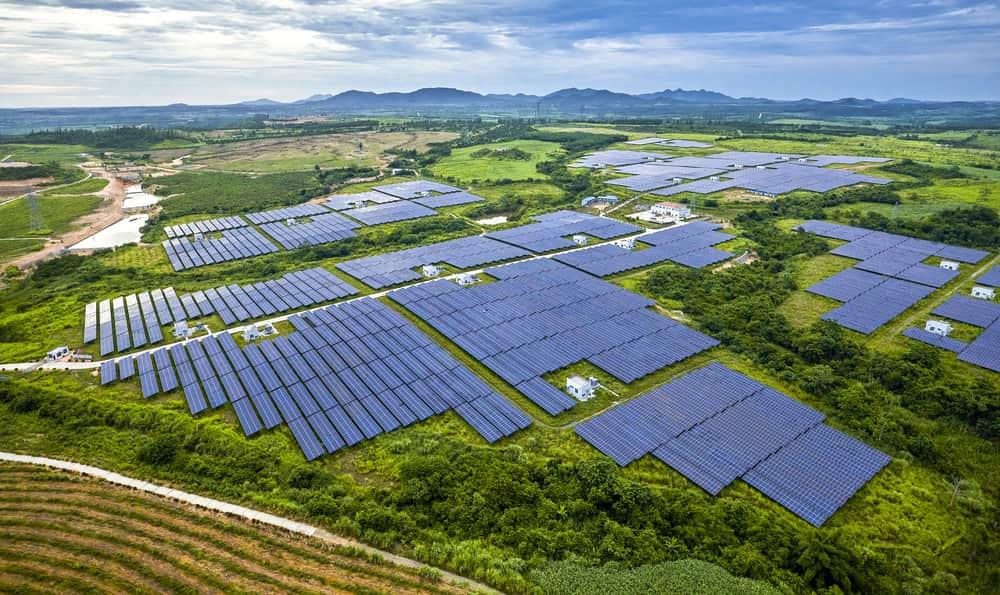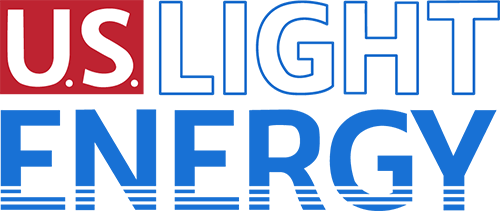
With nationwide interest in renewable energy growing, available land for solar development can be quite valuable. However, solar developers do not follow a “one size fits all” model when awarding solar land lease rate values. Developers must thoroughly evaluate the land to determine what a lease rate may be worth.
What Determines Solar Land Lease Rates?
Each piece of land has unique qualities and characteristics that make it useful for solar development. Several factors are weighed when developers evaluate a land’s value. Here are some of the main areas solar developers focus on:
Land Size and Availability
In most cases, the more land you have to offer, the more valuable each acre becomes. Large amounts of land allow solar developers to have greater output while reducing the cost of production. Yet, size isn’t everything. The regional supply can alter the value. Solar developers are seeking land that is ideally flat, clear, and receives sun exposure all year round. Finding land that fits that bill in Nevada is much easier than in a wet and mountainous region like Virginia. So, 300 acres in Nevada may be worth less than 100 acres in Virginia due to its rarity.
Sometimes, less land can be extremely valuable to a developer because it keeps them within the bounds of qualifying for certain tax incentives. For example, New York state is enticing developers to build 5 megawatt (MW) community solar farms, which only need 40 to 50 acres to sustain the necessary solar panels and supporting equipment. That means a landowner can enjoy a higher value per acre.
Revenue Options
If your land has the opportunity to make money in various other ways, it could give a landowner some leverage when determining rent rates. For instance, if the land is already successful in producing a particular crop, a developer would have to offer you a competitive rate to convince you to make the switch. It will depend on how valuable your land is to them. While the land may be bountiful now, you’ll have to consider if it can compete with twenty years or more of stable, passive income from leasing for solar. Generally, solar offers a higher value than agriculture for landowners.
Market Demand
Like any other market, solar lease rates are affected by the demand for solar in a given region. There are a few general factors that contribute to the need for solar development:
Solar Energy Buyers
There have to be energy buyers to make solar development worthwhile. Utility companies or large corporations like Google, Facebook, and Walmart are targets for solar energy developers since they require large amounts of energy. Technology companies, like cloud service providers, have large data centers that depend on and consume vast amounts of energy. Renewable energy is more affordable, meaning they only build where their data centers can access it. That means the land value increases.
Favorable Legislation
Policies, regulations, and laws need to support the growth of solar farms so developers can readily invest in a particular region. Tax incentives are a great indicator of political support for solar energy. New York is a good example of a state that gets behind the development of community solar projects through tax incentives. If a solar developer has fewer political limitations, the land is more attractive for them to invest in leasing.
Renewable Energy Goals
As we combat climate change and reduce carbon emissions, several states have set regulations for how much energy must come from renewable sources. These standards are known as the Renewable Portfolio Standard (RPS). For example, New York is committed to growing their renewable energy production to 100% renewables by 2030. If your land is in a state with an RPS goal, it will become more valuable to lease.
Power Grid Proximity
The closer land is to an electrical grid, the more valuable it becomes. Solar developers need a cost-effective way to connect their solar farm to an electrical infrastructure for the absorption of energy it produces. There are three main areas a developer looks at for interconnecting a solar farm to a grid:
Substation and distribution lines: Generally, developers prefer that a substation or electrical grid be within two miles or less from a solar farm. Otherwise, interconnection costs rise quite a bit. To connect to the grid, they also need three-phase distribution lines—the wooden telephone or utility poles that usually run along roads and have three wires running from pole to pole.
Voltage Capabilities: The substation and distribution lines must be capable of the voltage range required by the solar farm. As solar project size increases, so does the need for higher voltage. Developers need to weigh the interconnection cost.
Infrastructure Capacity: As energy is transferred from a solar farm to an electrical grid, that infrastructure needs to handle and absorb it. Developers want to ensure their project size won’t overwhelm any substation or power grid capacity.
How Much Can You Make Leasing Land for a Solar Farm?
With so many factors affecting the outcome of a lease rate, it’s difficult to say exactly how much you can make leasing land for solar. Each case is unique. For instance, a ten-acre site outside a thriving urban area with high land prices that offers year-round sun, close proximity to a proper substation, and has tax incentives and other legislative support may be able to push the upper limits of lease rates at $2,000 per acre. More rural areas with high land prices and high solar demand may be in the ballpark of $1,000 an acre near a substation with capacity. Areas where land price is much lower, and the land doesn’t offer much in the way of agriculture, may drop rent rates to around $500 an acre. All of these examples are very general estimations. A full evaluation by a solar developer is needed to gain a full picture of your land’s lease rate value.
How To Make Money Off Your Land with US Light Energy
Ideally, a solar project site offers ten or more acres of relatively dry, flat land close to existing utility infrastructure. US Light Energy has developed a unique feasibility process in which we analyze multiple aspects of every property to drive the most value per acre while positioning a project for success. Landowners can produce stable, passive income for several years when leasing land to US Light Energy. See if solar is right for your land. We’ll do all the research. US Light Energy is leading the charge for a new generation. Contact us today to apply for land leasing!
